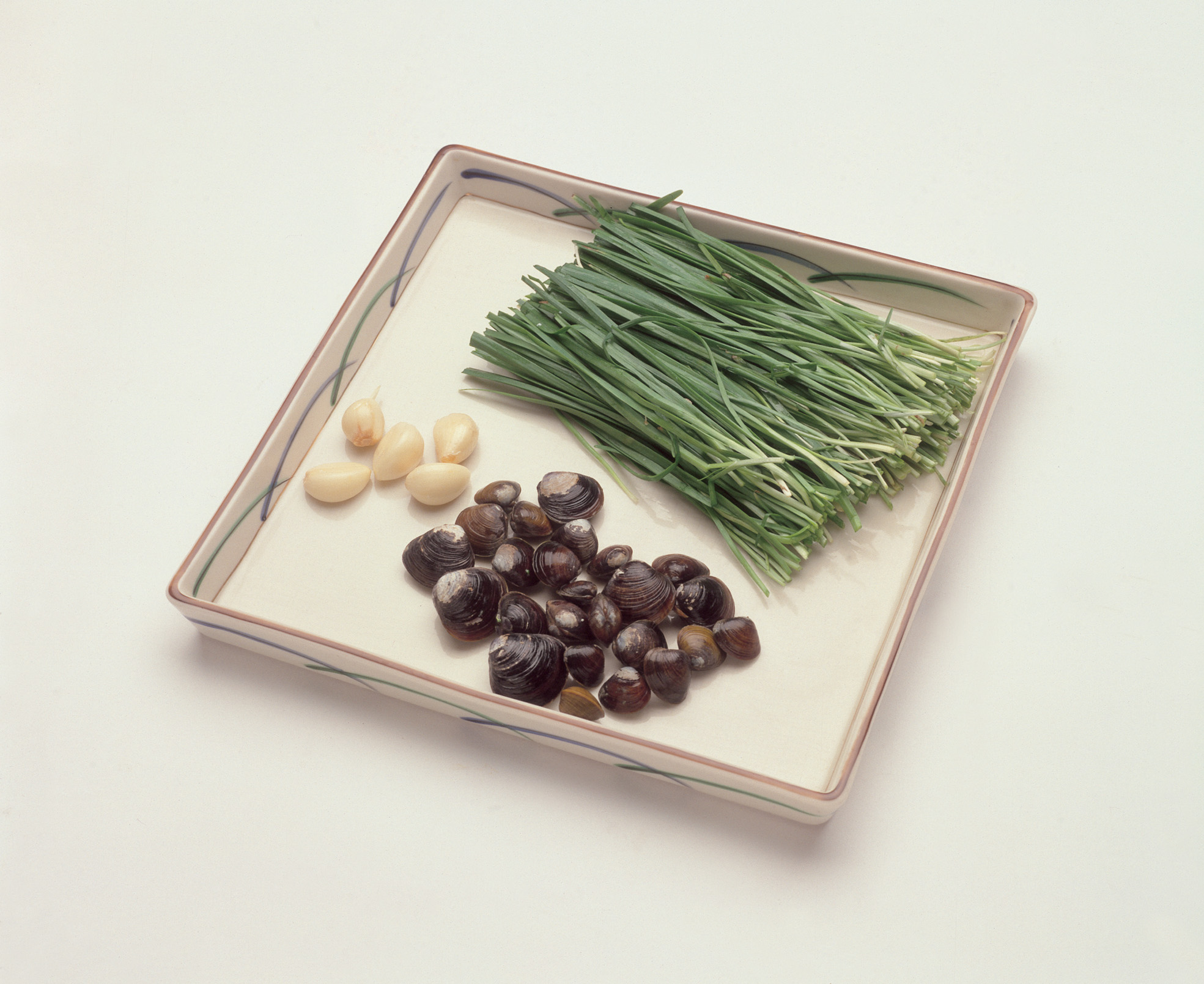The Spring Five: Oshinchae
The five traditional colors of the Korean color spectrum – blue, red, yellow, white, and black – and the qualities they represent, put an emphasis on how much the number five means to the heart of Korean culture. In addition to the colors and their hidden meanings, oshinchae (오신채, 五辛菜), another set of five, gains attention as the gentle spring breeze replaces the frigid winter air.
Oshinchae refers to the five spicy vegetables that include garlic, spring onions, garlic chives, Chinese squill, and dallae, Korean wild chive. They are also known among the Buddhist monks as the “forbidden foods,” due to their intense scent and spiciness, which may cause distraction during meditation. Unlike the Buddhist abstention from these pungent vegetables, fresh salads of oshinchae were known to be served at the royal table as a spring delicacy during the Joseon Dynasty. During this period, the fresh vegetables were gathered from underneath the snow-covered grounds in the wilderness of what is today Gyeonggi Province and delivered to the royal family during the spring to whet their lost appetite. The composition of oshinchae was varied and changed depending on the time and place, and often other vegetables or herbs with intense flavors, such as water parsley and other wild buds, were included in the set of five. It is believed in China that having oshinchae during the first month of the Chinese calendar prevents infectious diseases for the whole year. It is interesting to know how general dietary beliefs differ from those in Buddhism.
From not only Korean historical records but also from other places around the world, it has been learned that each of the original “penta-veggies” have their own distinctive benefits. First of all, the three relatively common vegetables we eat from oshinchae are garlic, spring onions, and chives. According to ancient Egyptian history references, garlic, widely known as a strength enhancer, was distributed to the builders of the pyramids to maintain their strength and productivity. A discovery of well-preserved cloves of garlic found in the tomb of King Tutankhamen makes this more evident. If consumed consistently, spring onions with a strong scent are known to assist blood circulation and invigorate the body. Chives are full of iron, which is helpful for our cells. On top of this, ever since they became known as a stamina-booster, chives earned the nickname “energetic grass.” Chinese squill is a garlic-scented herb grown in China, known to be used as a digestive medicine, with a smell stronger than garlic. Lastly, dallae, Korean wild chive, is similar to common chives but with a small bulb at the end. As with others in the same chive genus, it is spicy and has a pungent smell.
Most of the oshinchae vegetables are used as spices and garnishes in Korean dishes, but garlic, chives, and dallae are often used as a muchim, or raw salad. They are also great companions for meat dishes. Along with other spring plants and herbs that sprout up during the beginning of the year, Koreans believe that the first plants out of the ground are the freshest of all. If the upcoming spring is making you feel lethargic, you now know what to look for to get the boost you need.







